
Onion
The main pests of such crops are onion fly and onion weevil. Tobacco dust has a detrimental effect on both types.
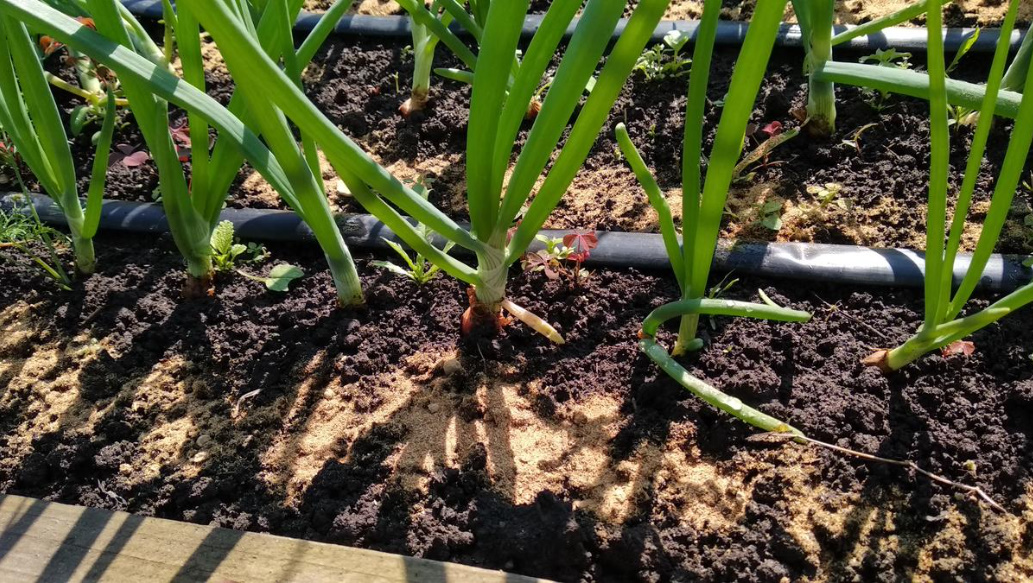
- Onion fly
Garlic, all kinds of onions, as well as bulbous flowers suffer from onion fly. The departure of adults and mating occur in April-May (during cherry blossom). The female lays eggs on onion shoots or in the cracks of the soil near the forage crop. The larvae released about a week later are introduced into the bulb in the area of the bottom. As a result, the bulbs rot, the leaves begin to turn yellow, the plants lag behind in growth and eventually wither. If the bulbs are small, then the larva, as it grows, spoiling one, crawls into the next, thus damaging a significant part of the crop. In the middle zone, three generations of the onion fly develop during the summer, and the last larva remains to winter in the bulb. Such onions are poorly stored in winter.

You can fight the onion fly with the same infusion or decoction of tobacco dust. After a week — repeat the treatment.
- Ceutorrhynchus jakovlevi Schulze
Ceutorrhynchus jakovlevi Schulze belongs to one of the most numerous families of beetles — Weevils (or Elephants). Onion weevil, as it is clear, prefers plants of the Onion family. In early summer, the female lays eggs on the leaves. The larvae that have appeared climb inside the feather, and then, as they grow, they descend into the bulb. Having finished with it, they pupate in the soil. The next generation of weevils appears in July and starts all over again.

Ceutorrhynchus jakovlevi Schulze can be dealt with by regular loosening of the soil (to prevent the release of new adults), harvesting of onion husks, dry feathers from the beds, crop rotation and regular, once a week, sprinkling the soil between rows of onion plants with tobacco dust.
Apiaceae
Apiaceae crops are often affected by Trioza apicalis and carrot fly.
- Trioza apicalis
Carrots, parsley, celery, parsnips can suffer greatly from Trioza apicalis. It is a small (about 5 mm) insect with wings, but prefers to jump. Unlike the above — not gnawing. Its activity causes deformation of the leaves — the tops of carrots become curly.
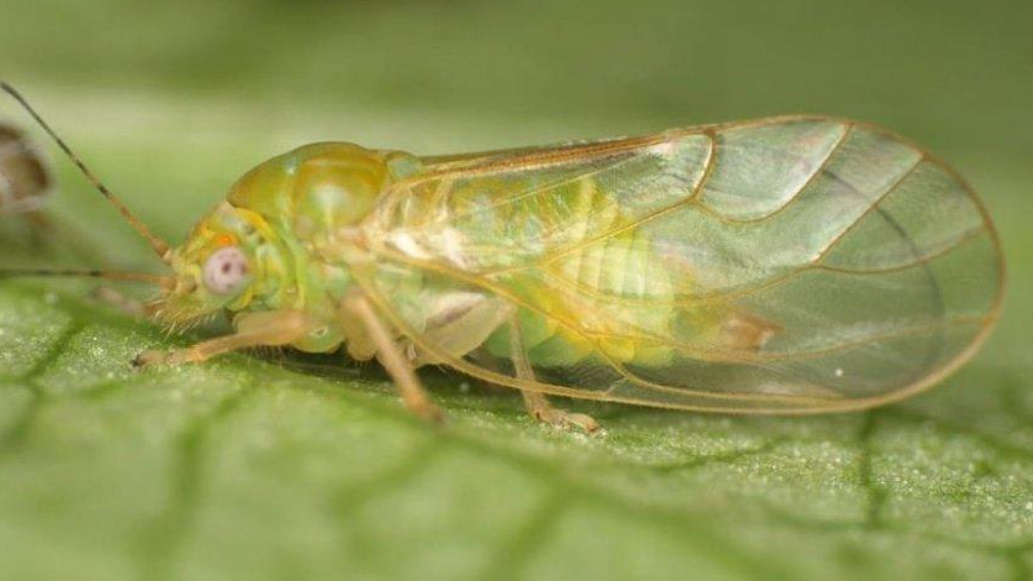
You can fight Trioza apicalis by spraying with tobacco decoction or infusion. The treatment is carried out during the breeding season of the insect: the female lays eggs from May to June. Fortunately for the gardener, only one generation has time to appear during the season.
- Carrot fly
This pest acts similarly to the onion fly: the female lays eggs near forage plants. The larva immediately after hatching is introduced into the root crop, lives and feeds inside, making moves. Despite the fact that the carrot fly is not a relative of the onion fly (they belong to different families), the method of fighting is the same — the aisles are sprinkled with tobacco dust.
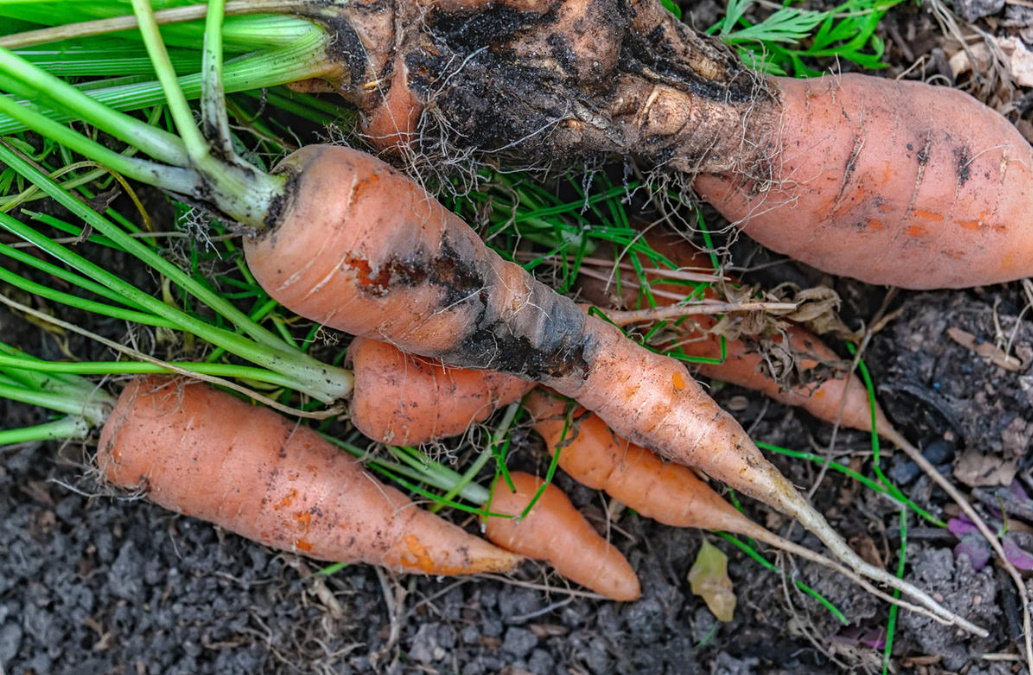
Beet
- Pegomya betae
Another fly, Pegomya betae, has species for plants of the Chenopodioideae family (beetroot, spinach). Her larva is not interested in root crops — the female makes a clutch on the back of the leaf, this period coincides with the flowering of apple trees. The larva that was born is embedded in the leaf and nibbles the pulp between the upper and lower skin, expanding its living space. If the damage is significant, the leaves wither.
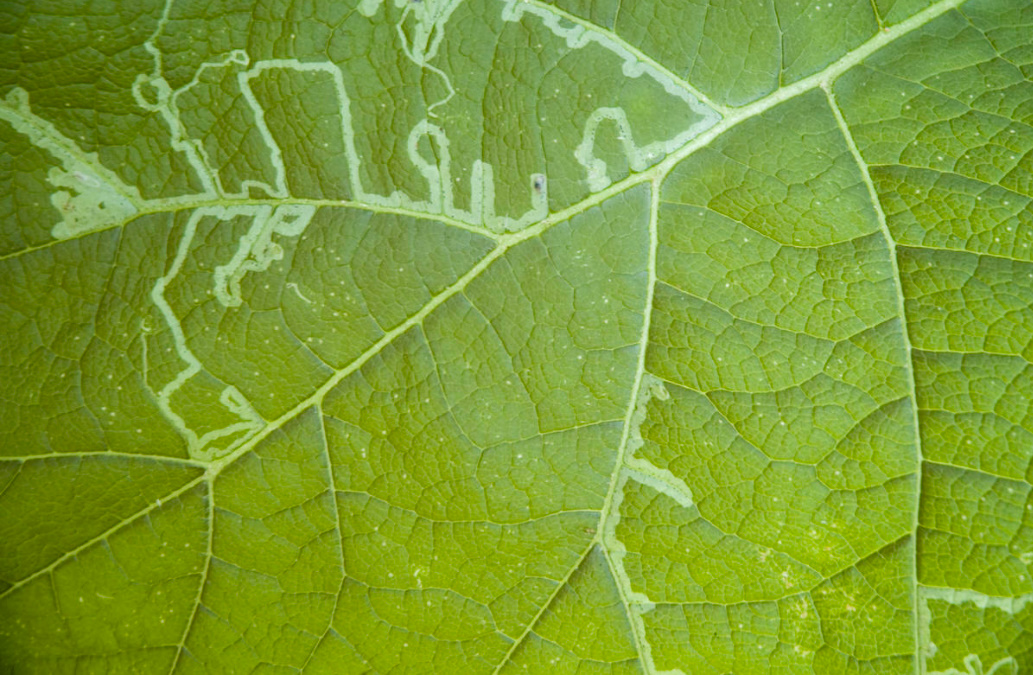
Mature (in 7-22 days, depending on external conditions) larvae move into the soil and transform into pupae, from which the second generation of flies appears at the end of July. Tobacco dust against Pegomya betae is used as a solution for spraying on leaves or for powdering the soil between rows, it can be mixed with ash and ground red pepper.
- Beetroot flea
Beetroot feeds and reproduces another species of beetles already described — beet flea. Its larvae eat the roots, and the imago holes the leaves. As with other fleas, beetroot is fought by sprinkling dry tobacco dust on the soil under the plants and powdering the leaves themselves.
Fruit trees
Fruit trees are protected with the help of tobacco dust from leafhoppers, fruit beetles, copperheads, weevils. If the size allows, they are sprayed in the budding phase. If the trees are tall, fumigation can be carried out: in calm weather, a fire is lit (for example, in an old bucket). Tobacco dust is poured on the coals and smoking takes 30-60 minutes. Fumigation is done after flowering. In the same way, you can treat plants in a greenhouse from whiteflies and aphids.
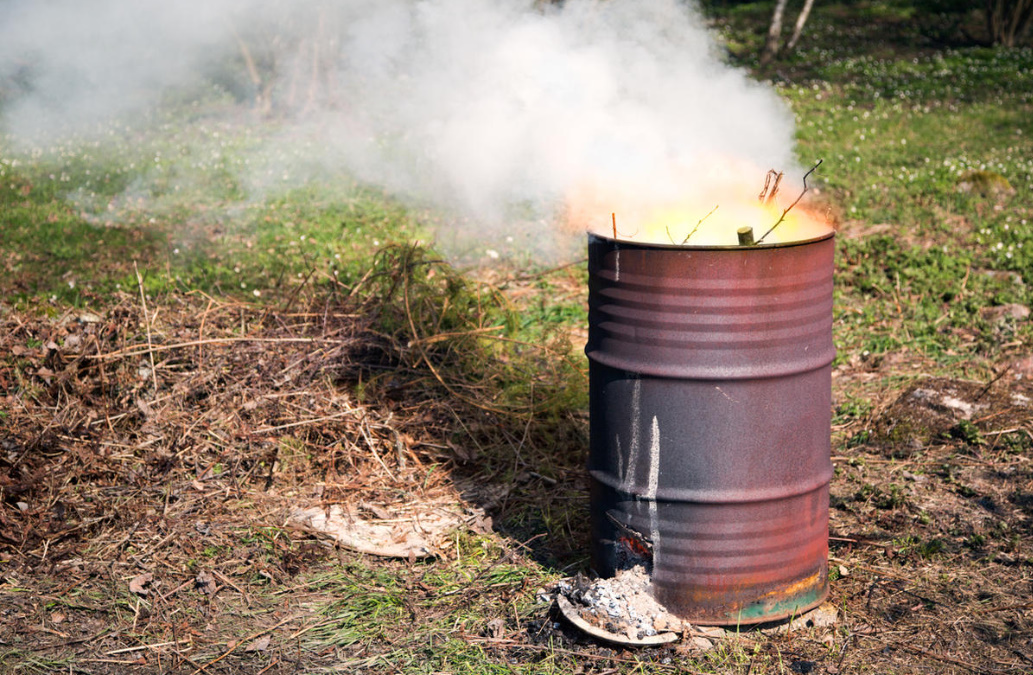
Preparation of decoction and infusion
For the decoction, you need to take half a cup of dry tobacco dust powder, mix with 1 liter of water and boil for half an hour, making sure that the water does not evaporate (top up if necessary). Insist for a day, and then add up to 2 liters. Add an adhesive (for example, ordinary liquid or special green soap). The infusion is easier to prepare: pour half a glass of tobacco dust with 1 liter of hot water, let it brew for a day, add an adhesive.
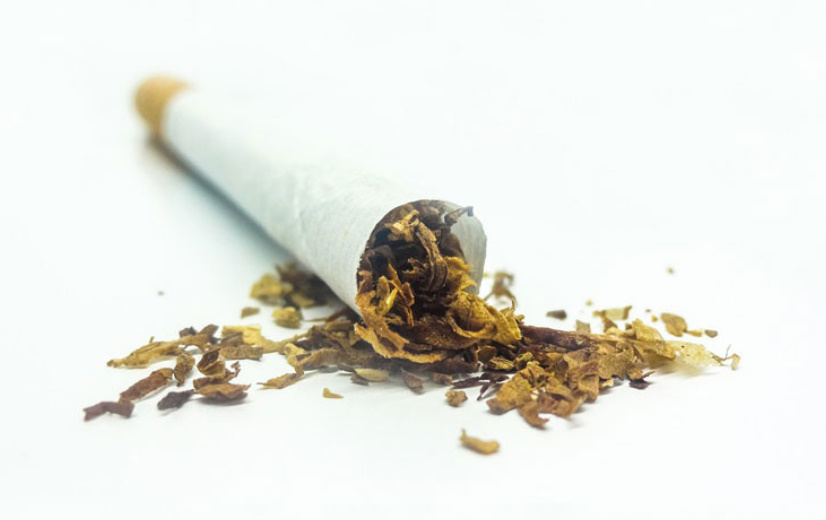
Do not forget about precautions — the treatment of plants is carried out no later than 2 weeks before the harvest of fruits. When spraying, you should use a respirator and protect exposed skin, and during fumigation, you should not be near a smoke source.
Do you use tobacco dust to control insect pests? Share in the comments how effective this tool is, from your point of view.

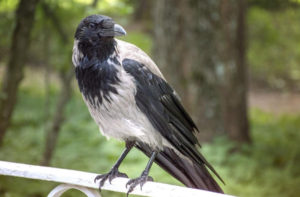

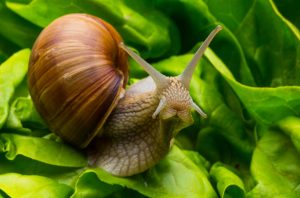
Leave a Reply